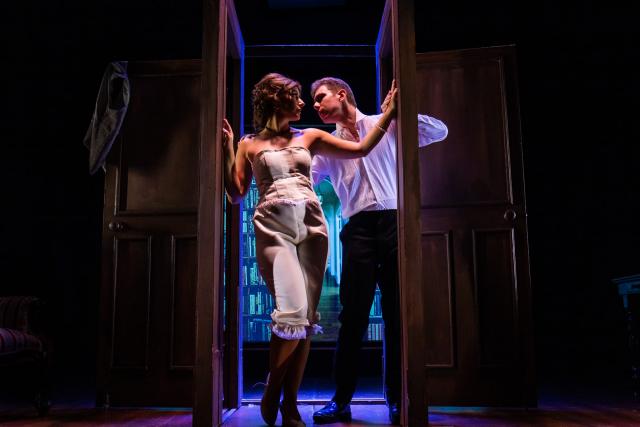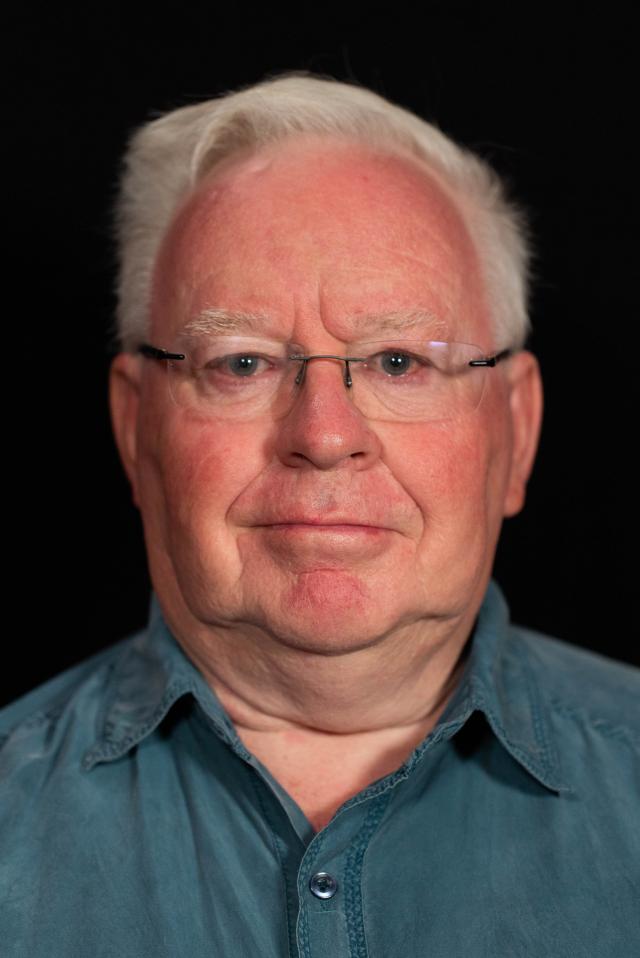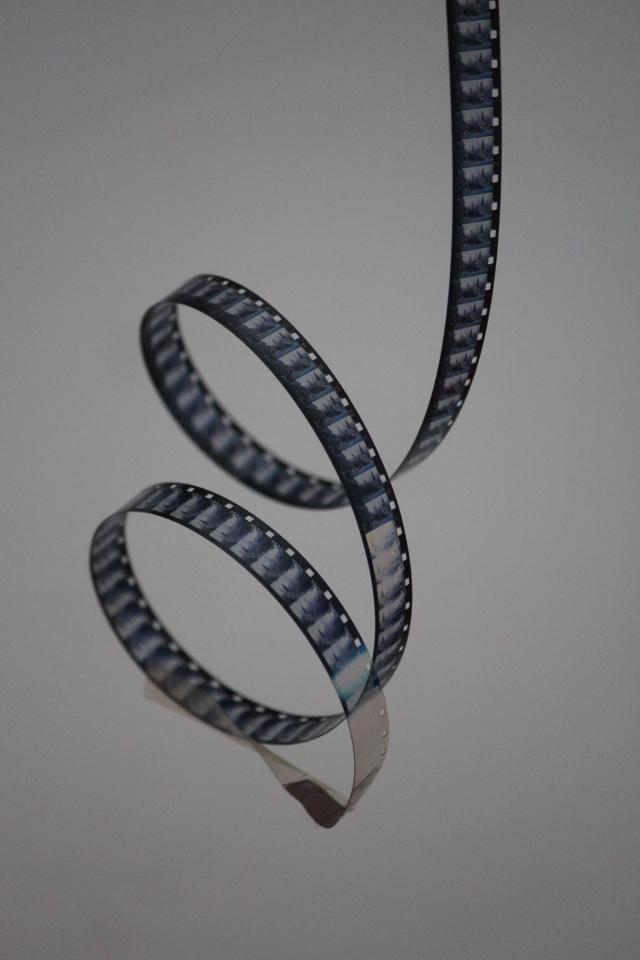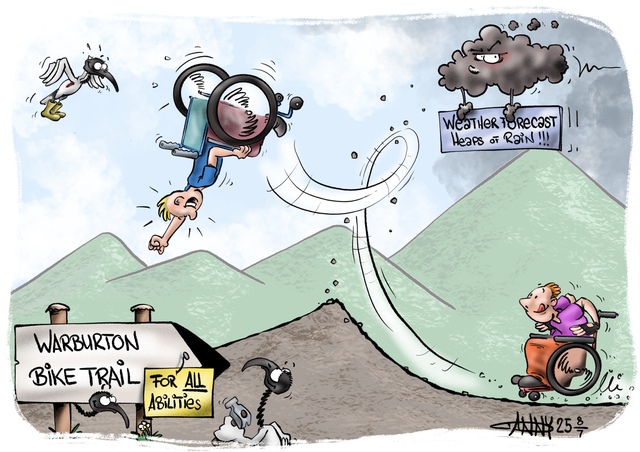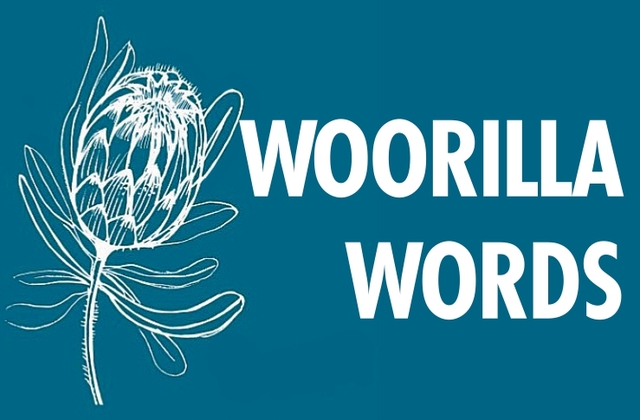From a young boy in a country town who loved the inner workings of the theatre to a man now in his 70s, David Dare has been developing the scenery of stage productions for decades.
“We lived in the country and we were about two hours away from the city. [My mother’s] local church group every now and then would have a bus trip to Melbourne to go to a matinee,” he said.
“If it looked like it was suitable for children, I would be dragged along and so I think when I saw things like magicians on stage, I kept thinking, ‘Oh I could do that.’
“I had one opportunity to have a go at a bit of acting and it was not for me. I did much more backstage work. I’ve done some directing and lighting and other aspects but it all eventually ended up coming back to set designs.”
As the set designer at the Lilydale Athenaeum Theatre, Mr Dare has put in countless hours of work to accurately represent the era and feel of the production being shown.
For the current show of A Gentleman’s Guide to Love and Murder, Mr Dare began with the director going scene by scene through the script before building a to-scale model.
“When I get a general idea of what he’s thinking about the overall look of it, that’s where I come in, in terms of what it looks like in the end, what we use, what we don’t use and where it sits on the stage.”
Much of Mr Dare’s time these days, with the use of technology, is made up of finding or creating images to use as part of the scenery.
“In this particular show, every second scene was a different occasion and if you had to try and paint a back cloth for that, it just wouldn’t fit on that stage and that’s part of the trick of what we do,” he said.
The only trouble with sourcing images online is that often they are too modern for productions set, like this one, in the early 1900s and Mr Dare has to manipulate the photos to appear more suited to the time.
“When you think of the period of when the show was, even the furniture that’s used, it’s got to be relatively close and you can’t always do that.”
With a network of local theatres, however, Mr Dare said companies will often share furniture or sets to make sourcing items easier.
Having started his work as a set designer in 1972, averaging three productions a year from big musicals to small plays, Mr Dare has built connections with many companies.
Above all, accuracy is the most important element for any of the productions Mr Dare has worked on.
“It often sets the period. It sets the mood of the play, or helps to do that, because there’s a lot of other things that do that too, like costumes and things like furniture,” he said.
“These things all add to the visual accuracy of what and where the play is and what it’s likely to be about even.
“This one, not just my technical work, but across the board with lighting, sound effects, and projections and all of that, has been the biggest thing I think I’ve tackled.”

